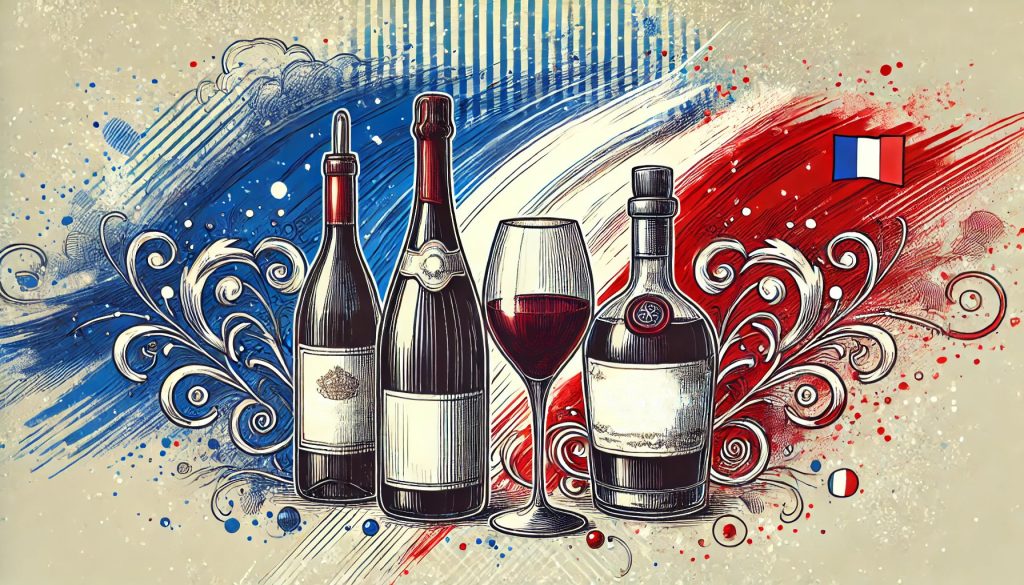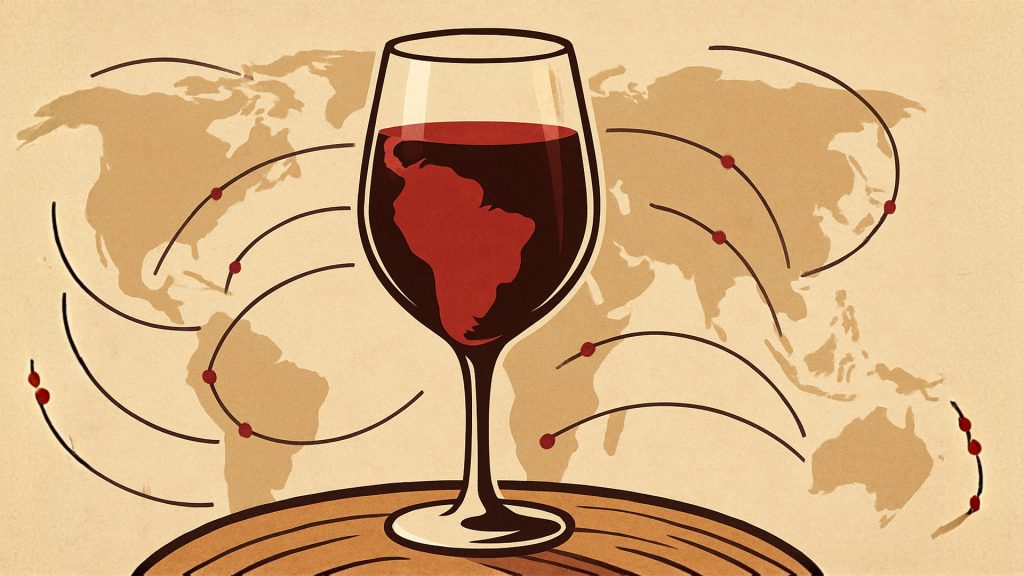For nearly two centuries, in Jerez where Atlantic winds meet Andalusian sun, González Byass has shaped the story of Spanish winemaking, its flagship Tio Pepe sherry recognised worldwide for quality and heritage. As a family-owned enterprise spanning Spain, Chile, and Mexico, González Byass operates in over 100 countries. “We see tradition and innovation not as opposing forces, but as complementary strengths,” Mauricio González-Gordon says, rooted in family values that drive its global portfolio. In an exclusive interview with Drinks Times, the fifth-generation president shares how the company fuels sherry’s resurgence, embraces low/no-alcohol drinks, and enters the booming mezcal market while staying true to its roots. “I find no business more delightful than that of wine,” founder Manuel María González declared in 1835—a passion that continues to drive the company today.
A Family Legacy Driving Strategic Vision
“At González Byass, we see tradition and innovation not as opposing forces, but as complementary strengths,” González-Gordon says, reflecting on the company’s near-200-year journey. From its founding solera, Tio Pepe, to modern advances in viticulture, the family-owned structure allows agility and consistency. “That’s the advantage of being family-owned; we can evolve quickly while staying true to our identity,” he adds. His vision is ambitious: “to continue building a wine and spirits company that leads with integrity, innovation, and a deep respect for our origins,” while cultivating the next generation of family and team leaders.
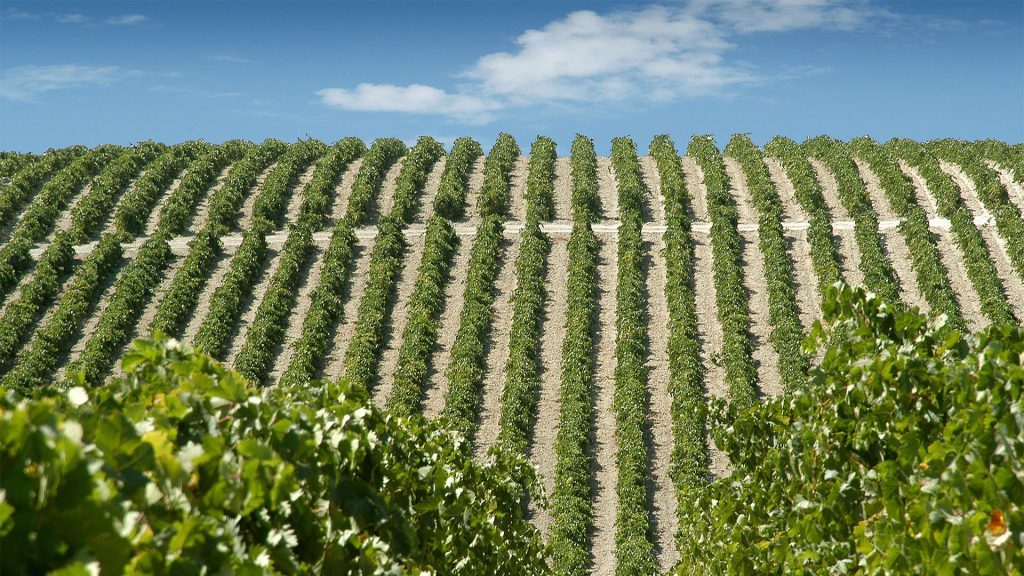
This vision manifests in strategic moves like exploring new markets, strengthening premium positioning, and embracing digital transformation. González Byass takes a decentralized approach, empowering its wineries—Beronia in Rioja, Vilarnau in Penedès, Viñas del Vero in Somontano—to reflect regional diversity. “Part of Spain’s strength lies in its diversity of climates, terroirs, grape varieties, and cultural traditions,” González-Gordon explains. “This approach allows us to remain authentic, agile, and true to each region’s winemaking traditions.”
Sustainability: A Commitment to People and Planet
González Byass’ “People + Planet” strategy drives its sustainability efforts, targeting water, energy, carbon footprint, waste, and biodiversity. “Sustainability is embedded throughout our business,” González-Gordon emphasizes, with key achievements like 86% of electricity from renewables, 99% of waste repurposed, a 12% reduction in water usage last year, and 68% of vineyards holding sustainable agriculture certifications. In Jerez, solar energy and water-saving technologies aim for energy self-sufficiency, while Veramonte in Chile is 100% organic.
“Sustainability also means supporting people,” González-Gordon notes, through investments in local talent, responsible wine tourism, and cultural heritage preservation. Five wineries are certified as Sustainable Wineries for Climate Protection, adhering to UN emissions reduction goals, establishing González Byass as a leader in addressing water scarcity and carbon reduction.
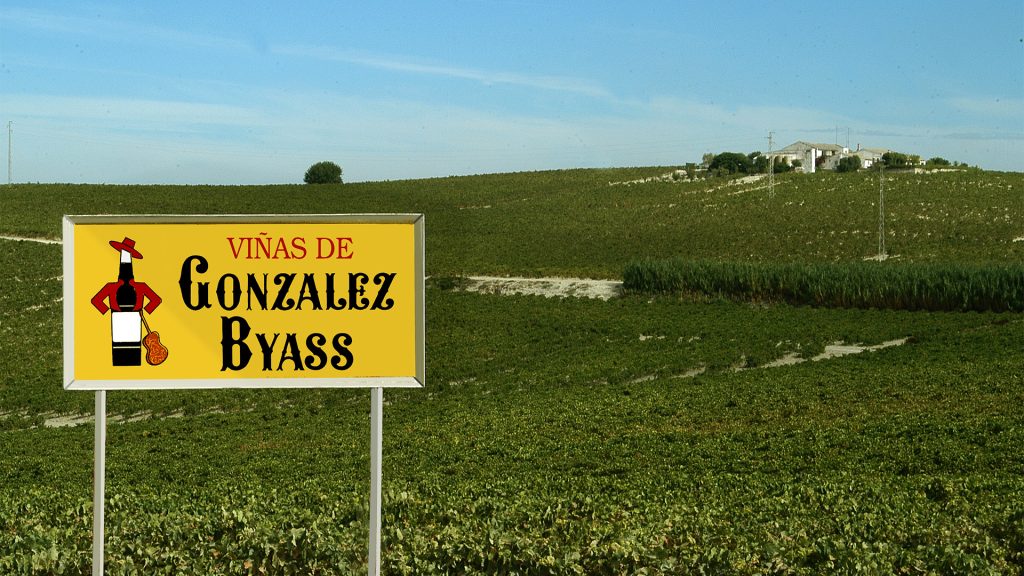
Sherry’s Renaissance and a Strategic Wine Portfolio
Sherry is enjoying a renaissance, driven by its complexity and versatility in global mixology and fine dining. “Its complexity, versatility, and umami-rich profile make it a natural fit for creative pairings and modern mixology,” González-Gordon says. The Tio Pepe Challenge brings mixologists from 15 countries to Jerez to craft sherry cocktails, while Copa Jerez elevates fine dining with sherry-food pairings, amplifying the category’s global appeal. From Tio Pepe’s unfiltered Palmas range to rare aged sherries and innovative Croft products, González Byass showcases the category’s diversity.
“Part of Spain’s strength lies in its diversity of climates, terroirs, grape varieties, and cultural traditions,” González-Gordon says, explaining the company’s strategy to let each winery express its unique identity. Wineries like Beronia, Vilarnau, and Veramonte in Chile’s Casablanca and Apalta valleys craft terroir-driven wines. Strategic acquisitions like Dominio Fournier in Ribera del Duero and Casa Pedro Domecq in Mexico bolster production and market reach. “We’ve developed products like Croft Twist at 5.5% alcohol and Vilarnau 0.0,” González-Gordon notes, to meet the low/no-alcohol trend, delivering the character of traditional wines for health-conscious consumers.
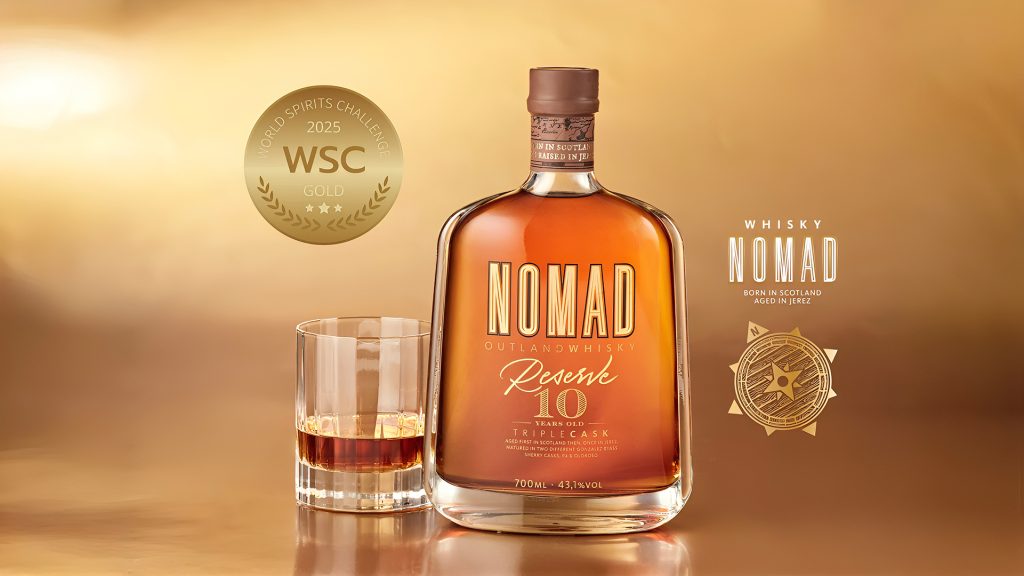
Spirits Strategy: Precision and Innovation
González Byass’ spirits portfolio is defined by “precision positioning.” Nomad, a whisky distilled in Scotland and aged in Jerez casks, and The London Nº1 gin, with its vibrant botanicals, target discerning bartenders and consumers. “Each brand must tell a story, serve a defined audience, and bring a meaningful experience to the glass,” González-Gordon says. The Tio Pepe Challenge, alongside global bartender education programs, showcases their mixology potential.
Subscribe to our newsletter
The recent partnership with Los Danzantes mezcal, via Casa Pedro Domecq, taps into a fast-growing category. “Mezcal is not only one of the fastest-growing spirits categories globally, but it’s also rooted in craftsmanship, provenance, and cultural heritage,” González-Gordon notes. This move strengthens the premium spirits portfolio and leverages Casa Pedro Domecq’s distribution strength in Mexico, aligning with the company’s vision for “quality, innovation, and a deep respect for origin.”
Global Markets and Distribution Strategy
“Our global brands like Tio Pepe are underpinned by strong identities that remain constant,” González-Gordon says, while “we adapt our messaging, formats, and activations to fit the unique characteristics of each market” in over 100 countries. Key markets like Spain, Mexico, the UK, US, and Chile thrive, with Mexico leading through Casa Pedro Domecq’s dynamic portfolio of wines, spirits, and RTDs.
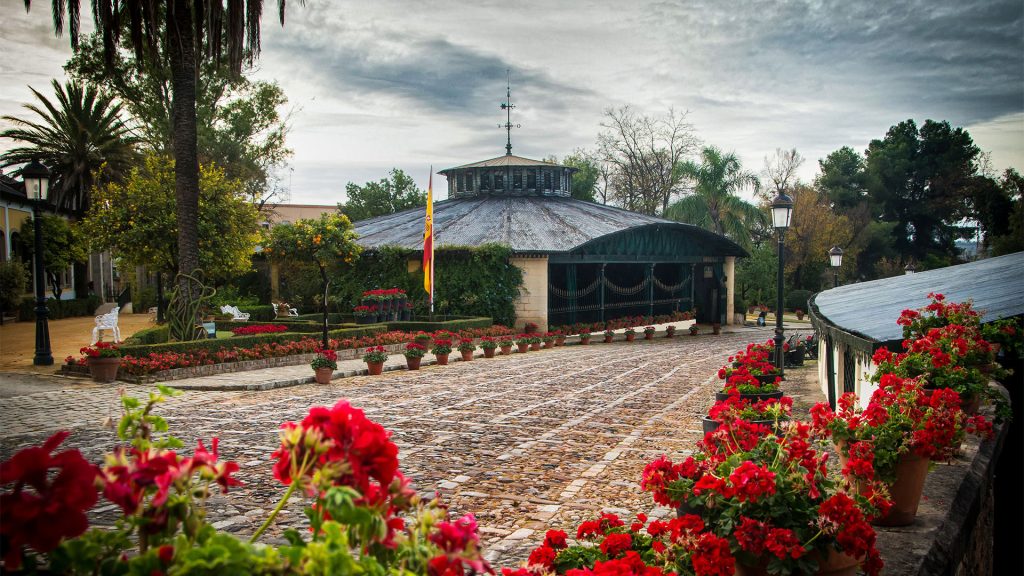
In Europe and the US, “consumption of wine and spirits is suffering” due to tax increases, US tariffs, and a trend toward lower-ABV options. “The company is adapting its portfolio to more premium and sustainable products,” González-Gordon notes, expanding low/no-alcohol options like Croft Twist and Vilarnau 0.0. In the US, a 2024 alliance with Viña Santa Carolina has driven over 50% growth, boosting offerings from Italy and France.
Emerging markets like Asia (China, Japan, South Korea) and South America (Brazil, Colombia) hold strong potential. “We’re investing in building awareness, distributor partnerships, and consumer education,” González-Gordon says, with campaigns in Brazil highlighting Beronia and Nomad’s premium appeal and in Asia promoting sherry’s authenticity to discerning consumers. This approach, “globally ambitious while remaining locally authentic,” drives growth through distributors in Canada and Brazil.
Charting the Future Amid Industry Shifts
Despite declining wine consumption and economic uncertainties, González Byass remains resilient. “While overall wine volumes may be declining, there is a clear shift toward quality, sustainability, and lifestyle,” González-Gordon observes, driving growth through premiumization and efficiency.
“We see the rise of low- and no alcoholeverage wines as a meaningful shift,” González-Gordon says, with products like Croft Twist and Vilarnau 0.0 meeting younger consumers’ demand for health-conscious options. Sustainable practices align with their call for transparency, authenticity, and versatility. The next 5-10 years will see an industry that is “experience-driven, health-conscious, and digitally connected,” trends González Byass is poised to lead.
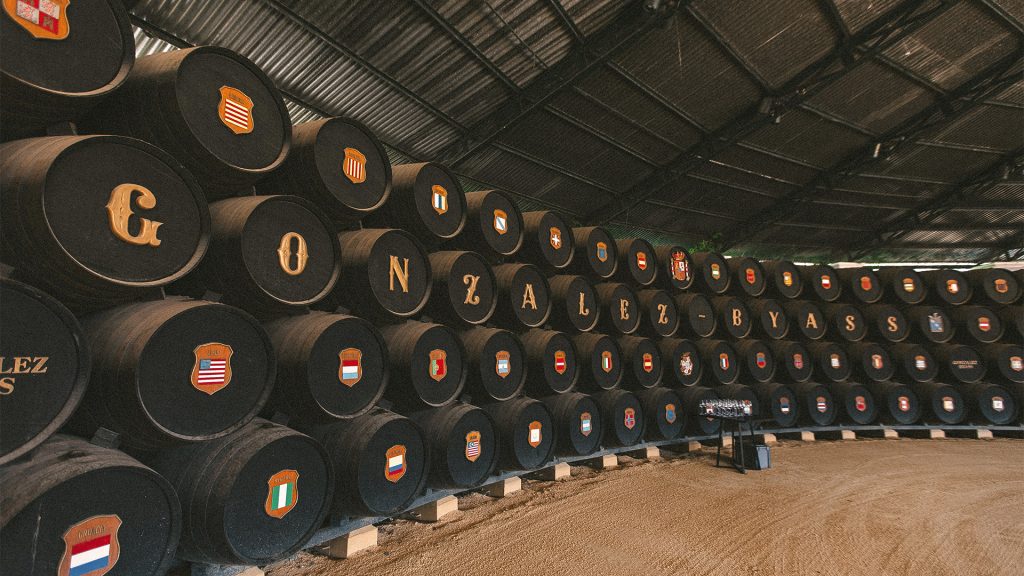
A Legacy That Endures
González Byass exemplifies how a family business can thrive in a dynamic market, blending heritage with innovation. “I want González Byass to be known not only for the quality of our products but also for the values we stand for,” González-Gordon says. At its heart, it remains a story of a family’s love for wine—a love that spans over 100 countries, countless varietals, and generations of drinkers. In a world of constant change, that legacy may be the most innovative thing of all. Explore González Byass’ portfolio—from Tio Pepe to Los Danzantes—and join events like the Tio Pepe Challenge to experience its enduring passion.


